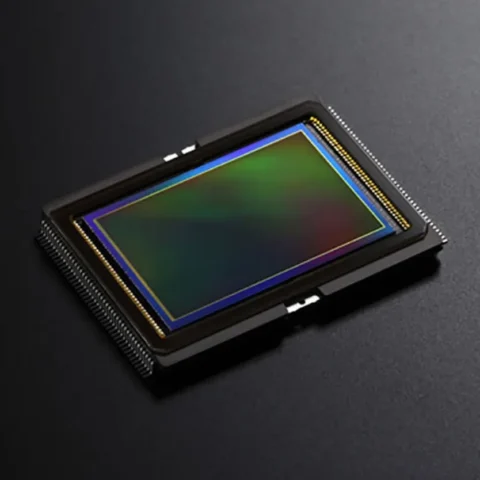Qualcomm has introduced two new processors in its Snapdragon X lineup: the Snapdragon X and the Snapdragon X Plus.
These chips are designed for different segments of the laptop market, from budget-friendly models to mid-range options. But how do they differ? Let’s take a look at the key differences between these two processors.
1. Core Architecture and Performance
Both the Snapdragon X and Snapdragon X Plus are built with Qualcomm’s custom Oryon CPU cores, using ARM architecture.
The Snapdragon X has eight cores, clocked at up to 3.0 GHz. The Snapdragon X Plus, however, comes in two versions: an 8-core version clocked at up to 3.2 GHz and a 10-core version clocked at up to 3.4 GHz.
The Snapdragon X Plus has more cores and higher clock speeds, which means it can handle more demanding tasks. This makes it better for professional users and those who need to run multiple applications at once.
The Snapdragon X has 30 MB of cache, while the X Plus has 42 MB. This extra cache in the X Plus helps with tasks that need more memory, like content creation and software development.
2. Graphics and GPU Performance
Both chips have an Adreno GPU, but the X Plus has a more powerful GPU. The Snapdragon X can deliver up to 1.7 TFLOPS, which is enough for light gaming and casual media editing. The Snapdragon X Plus, on the other hand, can deliver up to 3.8 TFLOPS in its 10-core version, making it better for tasks like 3D rendering and gaming at higher resolutions.
Both chips support DirectX 12 and modern video codecs like AV1, HEVC, and H.264, ensuring smooth video streaming and playback.
3. AI and NPU Performance
Both the Snapdragon X and X Plus come with Qualcomm’s Hexagon NPU, which offers 45 TOPS (trillion operations per second) of AI performance.
This allows both processors to handle AI tasks like real-time voice transcription, image enhancement, and AI-powered productivity tools. The AI performance is the same for both chips, so you get the same great AI features, regardless of which processor you choose.
4. Memory, Connectivity, and Battery Life
Both processors support LPDDR5x RAM, running at up to 8448 MT/s, providing 135 GB/s of bandwidth. This ensures smooth multitasking and efficient AI processing.
For connectivity, both chips support Wi-Fi 7, Bluetooth 5.4, and Snapdragon X65 5G modems for fast wireless communication.
The Snapdragon X Plus is slightly more power-hungry than the Snapdragon X. It operates between 15W and 35W, while the Snapdragon X operates between 15W and 30W. This means the X Plus may have a slightly shorter battery life due to its higher performance.
5. Target Markets and Use Cases
The Snapdragon X is designed for entry-level laptops priced around $600. It’s perfect for students, freelancers, and anyone who needs a laptop for basic tasks like web browsing, word processing, and light media consumption. Its efficient power usage makes it ideal for thin-and-light laptops with long battery life.
The Snapdragon X Plus is aimed at mid-range laptops priced between $800 and $1,000. It’s better suited for users who need more performance for tasks like productivity, creative work, and even some gaming. The 10-core version is great for professionals who need a balance of performance and efficiency.
So Which is Better?
- Snapdragon X: Best for budget laptops, offering great battery life and performance for basic tasks.
- Snapdragon X Plus: Aimed at mid-range laptops, providing more power for multitasking, creative work, and occasional gaming.












